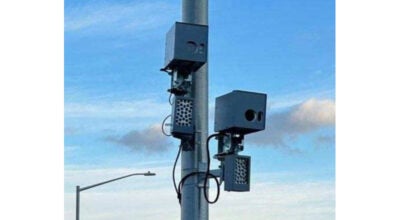Severe thunderstorms can be dangerous
Published 11:03 am Friday, June 29, 2018
“Twister” was the second-highest-grossing film of 1996, according to Box Office Mojo. Severe thunderstorms don’t play as well as the box office, but they can be just as dangerous.
Last Friday night’s storm is an important reminder of that fact about severe thunderstorms, even if they don’t have quite the blockbuster power of a tornado.
The National Weather Service says severe thunderstorm warnings should be treated the same as a tornado warning. After all, severe thunderstorms can sometimes spawn tornadoes, and even if they don’t, they can be quite dangerous in their own right, as folks in Isle of Wight County and North Suffolk discovered last week. Fortunately, nobody was killed, but there was quite a bit of property damage and many downed trees.
A severe thunderstorm watch means conditions are favorable for the development of severe thunderstorms. People located in and around the watch area should keep an eye on the sky and listen to NOAA weather radio or tune in to local media for more information.
A severe thunderstorm warning is issued when a severe thunderstorm has been detected by National Weather Service radar or a reliable report has been received. A severe thunderstorm is officially defined as a storm capable of producing hail an inch or larger or wind gusts more than 58 miles per hour.
If you’re in an area where a warning is issued, there are precautions you can take to protect your life.
• Stay inside a sturdy building or shelter that can protect you from deadly lightning, large hail, damaging winds, flooding rain and tornadoes.
• If caught outside, take shelter in a sturdy, enclosed building or hard-top automobile immediately. Avoid open spaces, isolated objects, high ground, under trees, metallic objects and sheds or storage facilities.
•Get out of boats and away from bodies of water. If you can hear thunder, you are close enough to be struck by lightning.
• Once inside, stay away from windows and avoid electrical equipment and plumbing. If you’re at your workplace, do not go to large, open rooms such as the cafeteria, gymnasium or auditorium of a school.
• Bring pets inside.
• If there is time, secure loose objects, as they can become flying debris in high winds.
• Postpone outdoor activities until the storm has passed.




